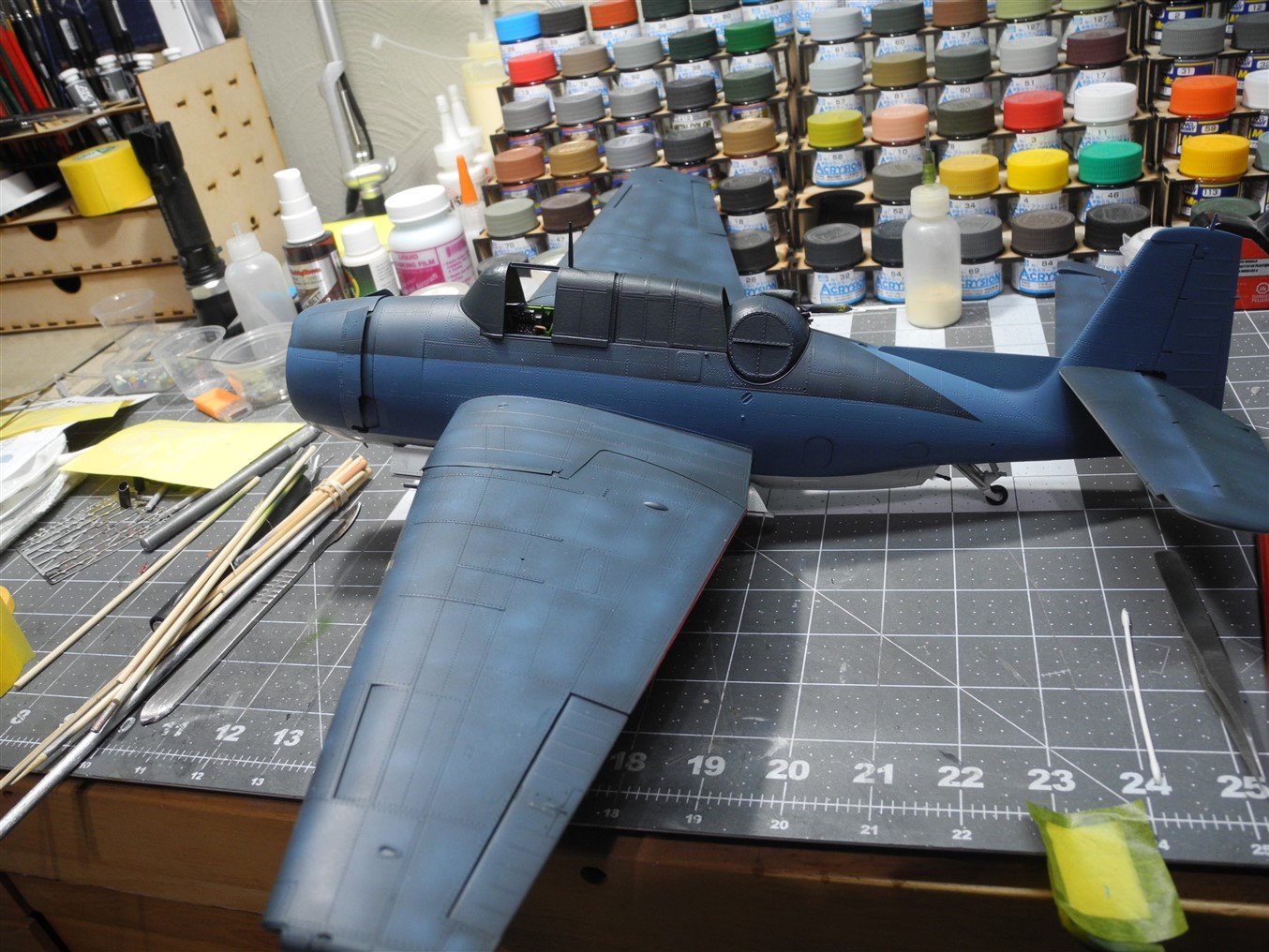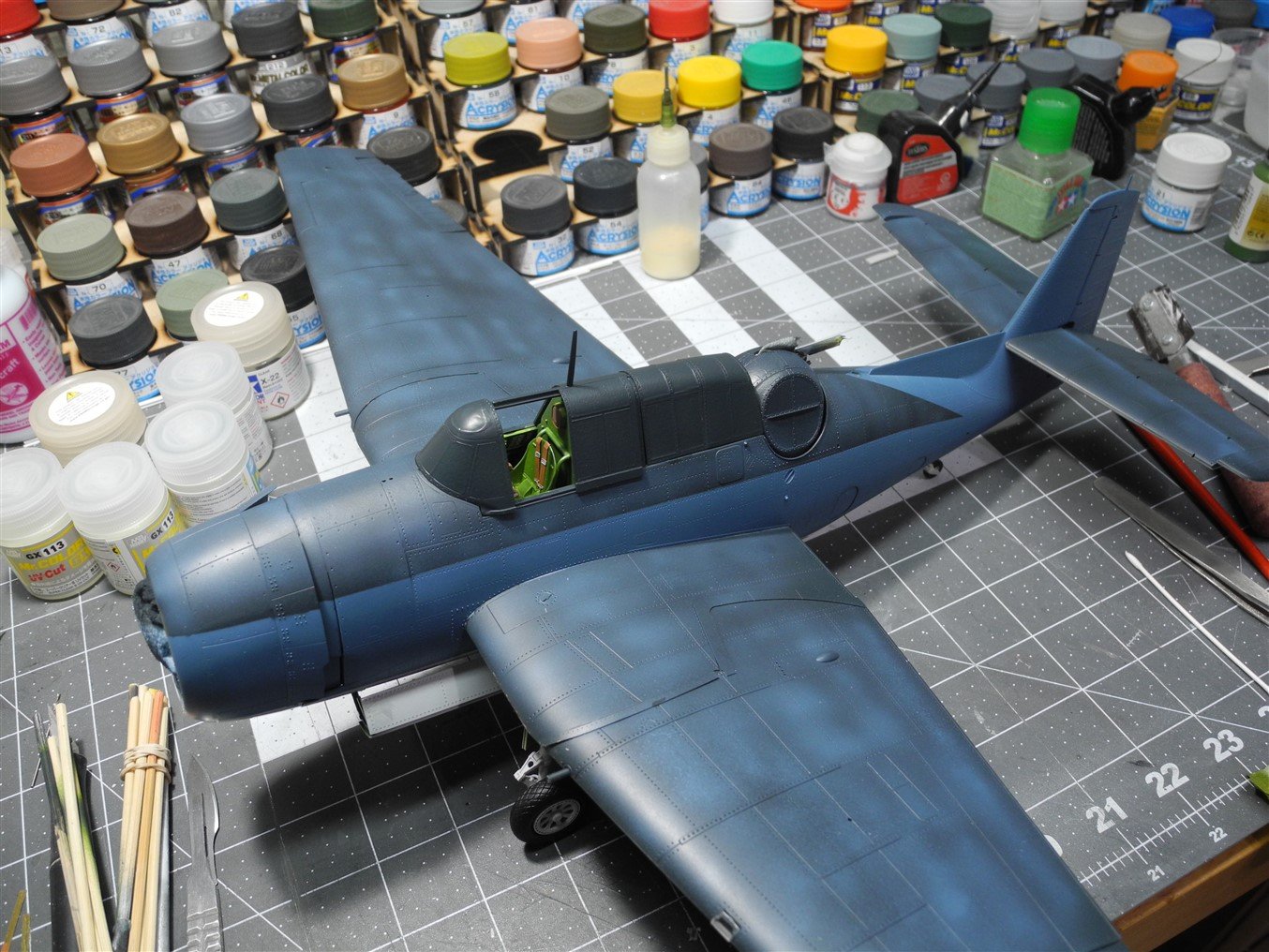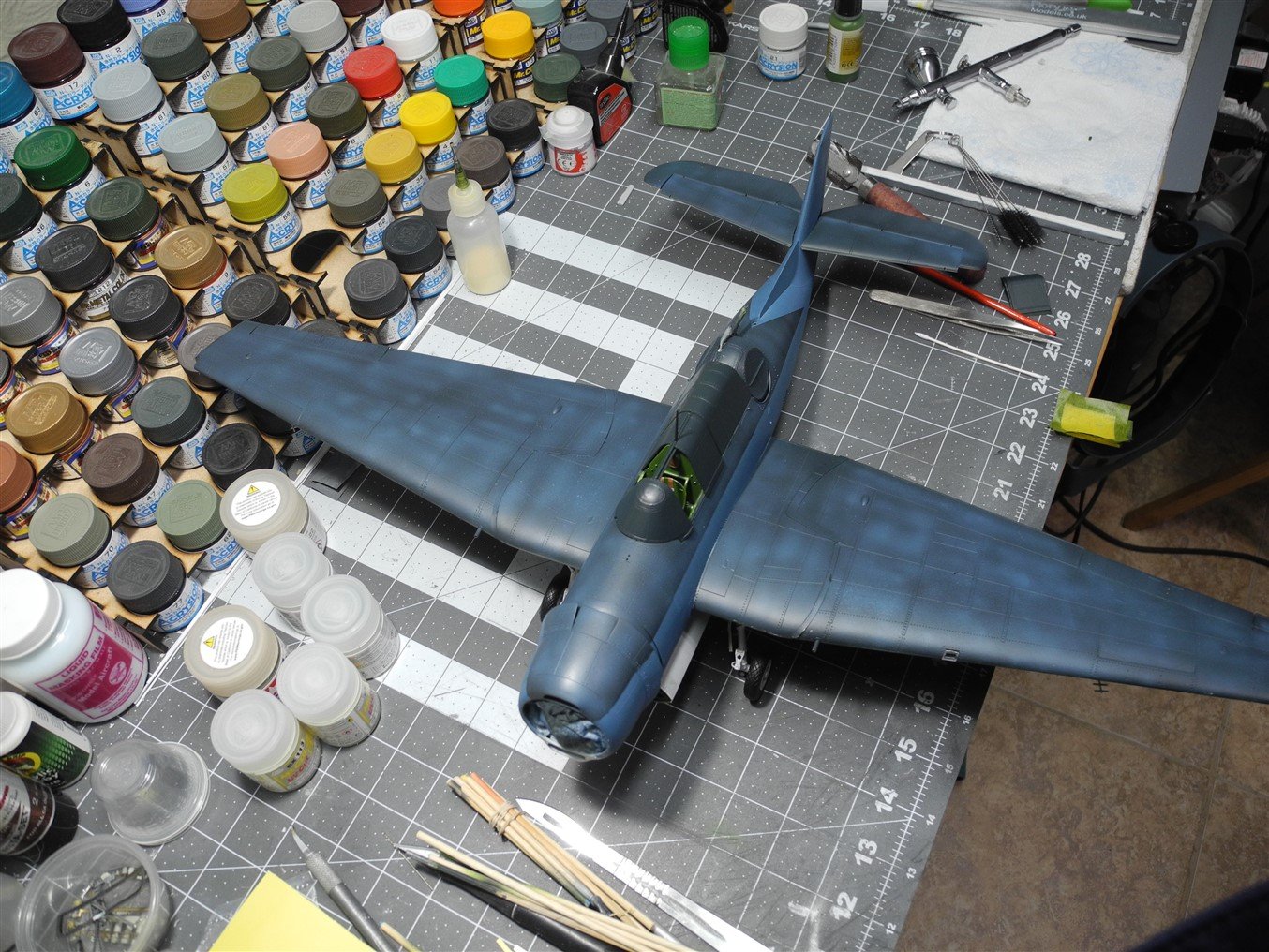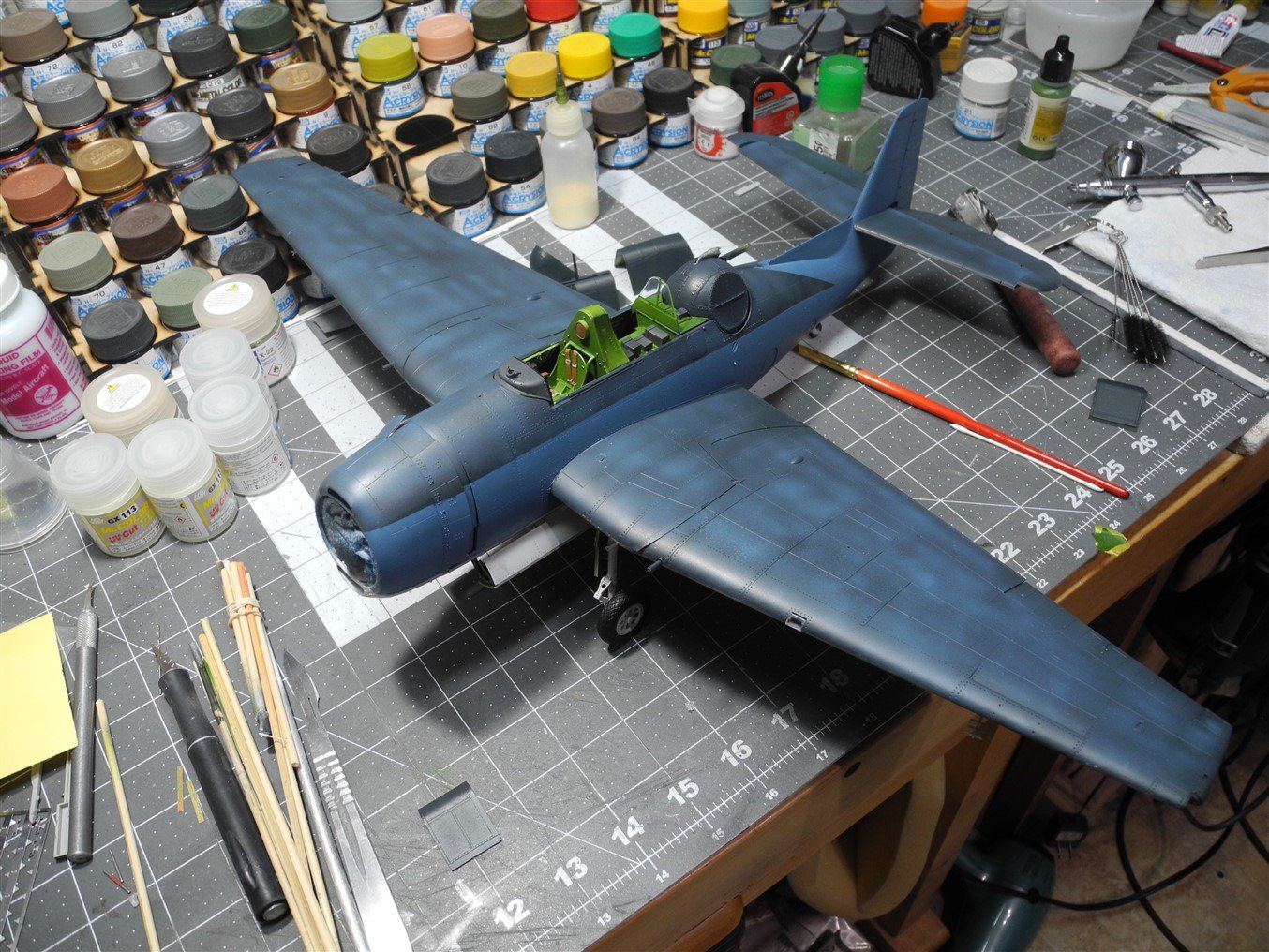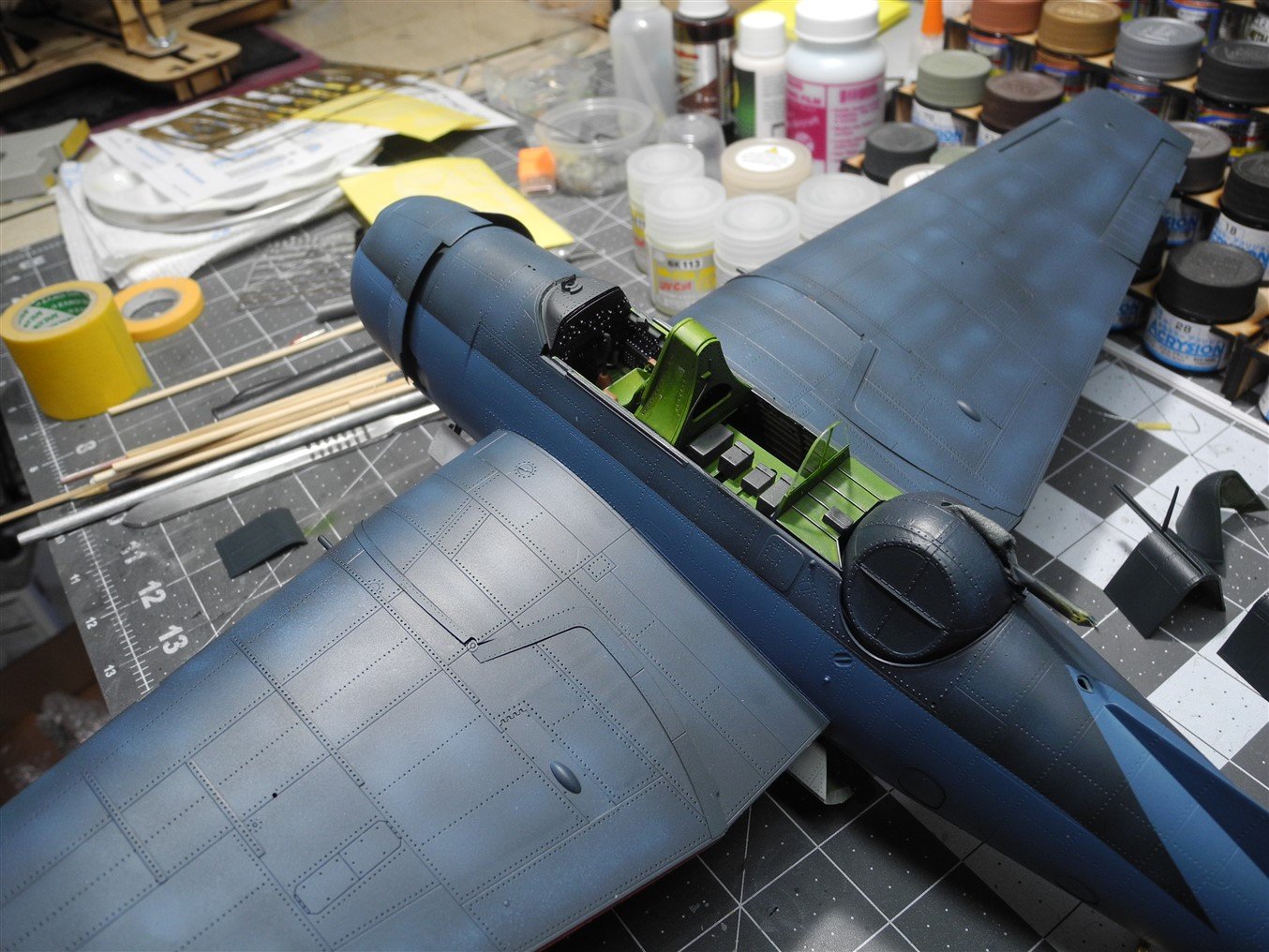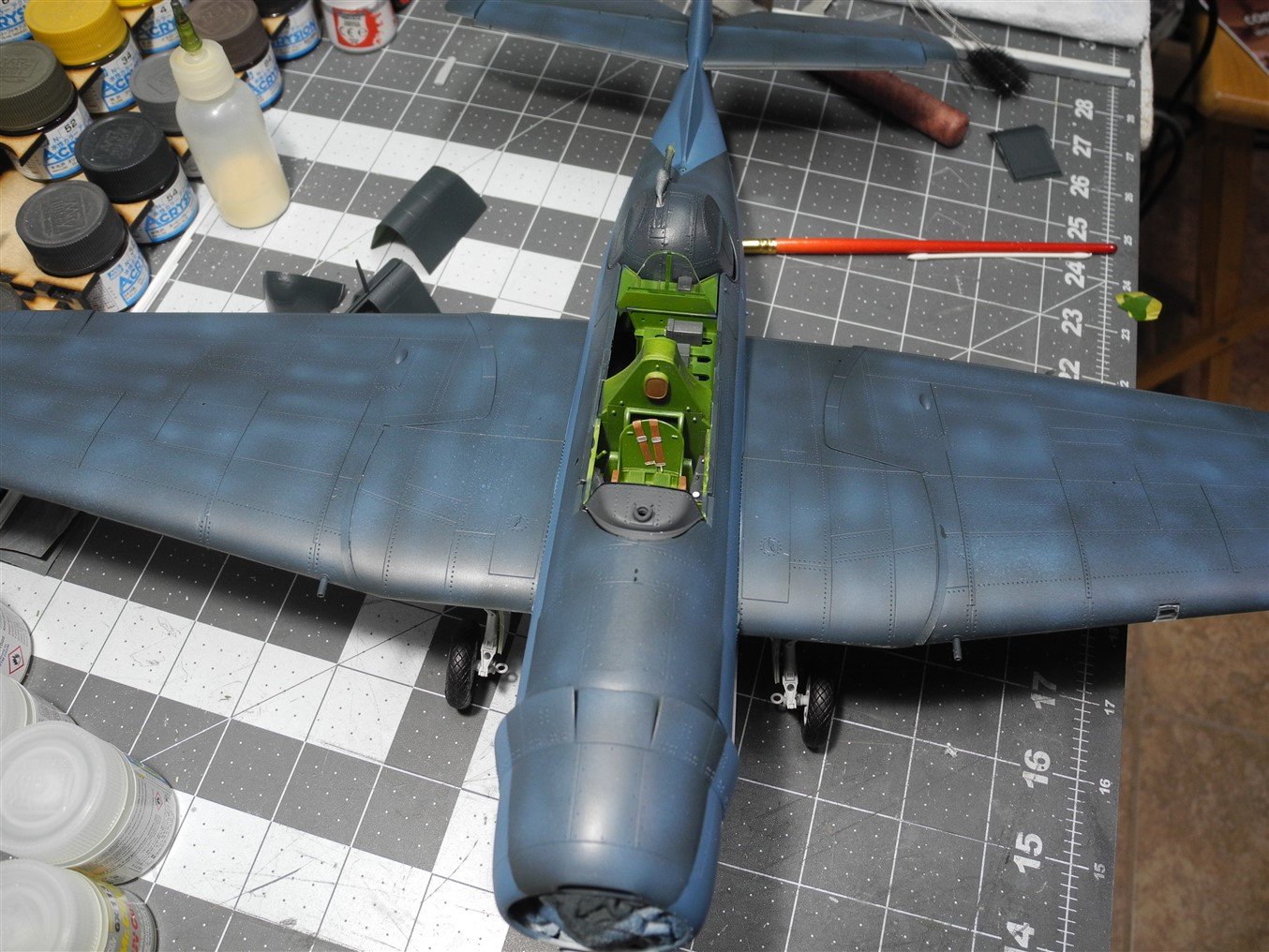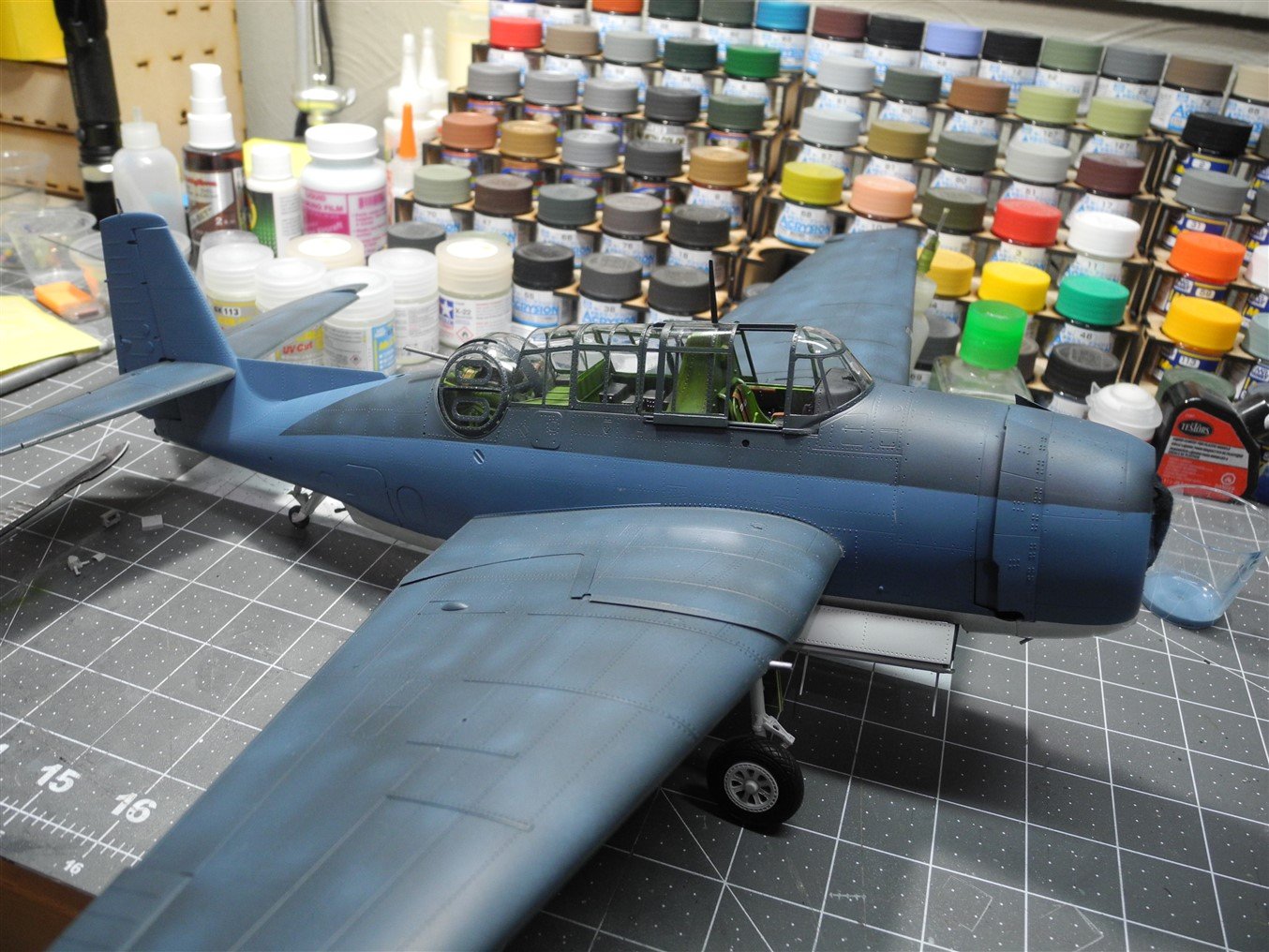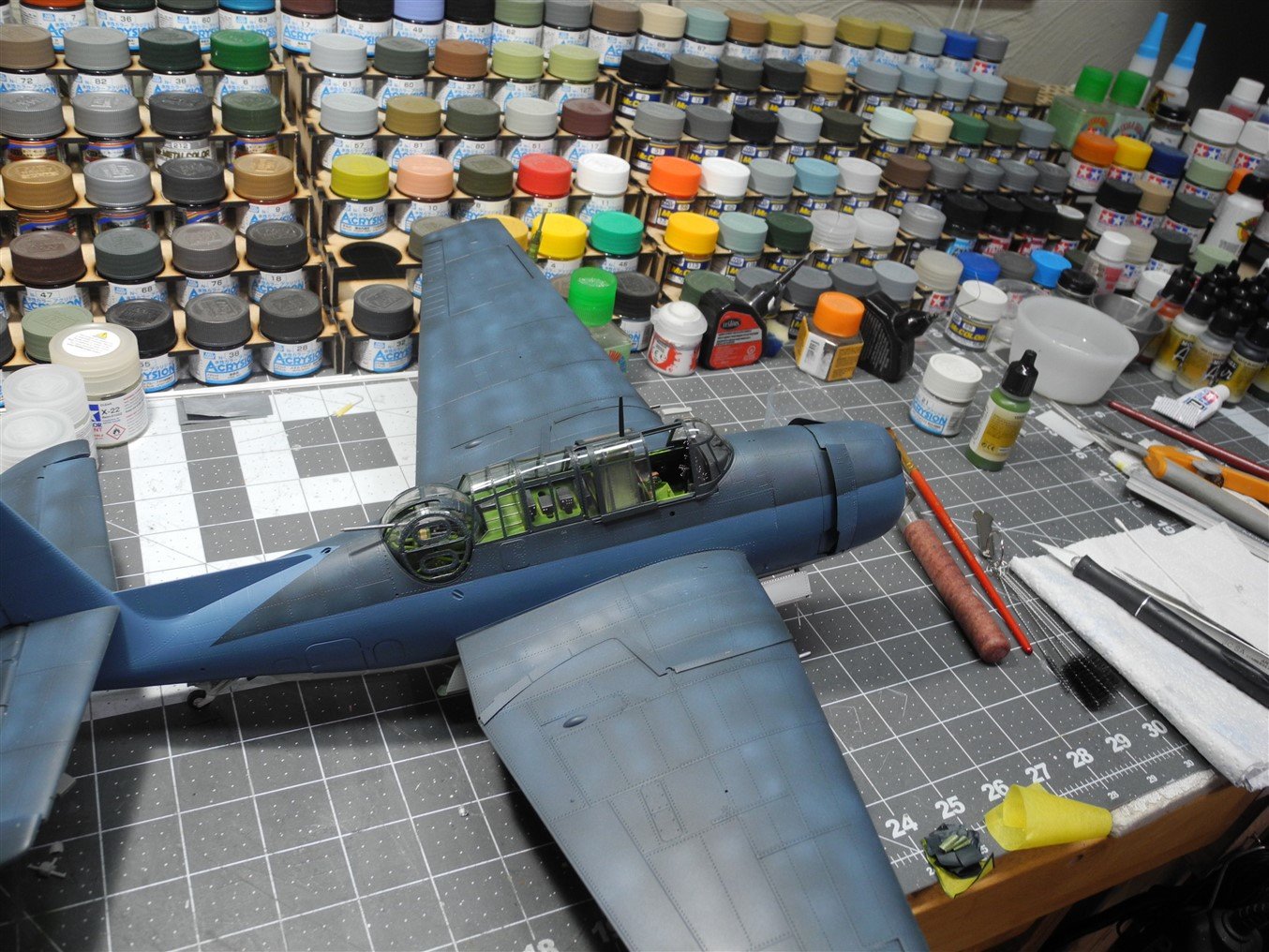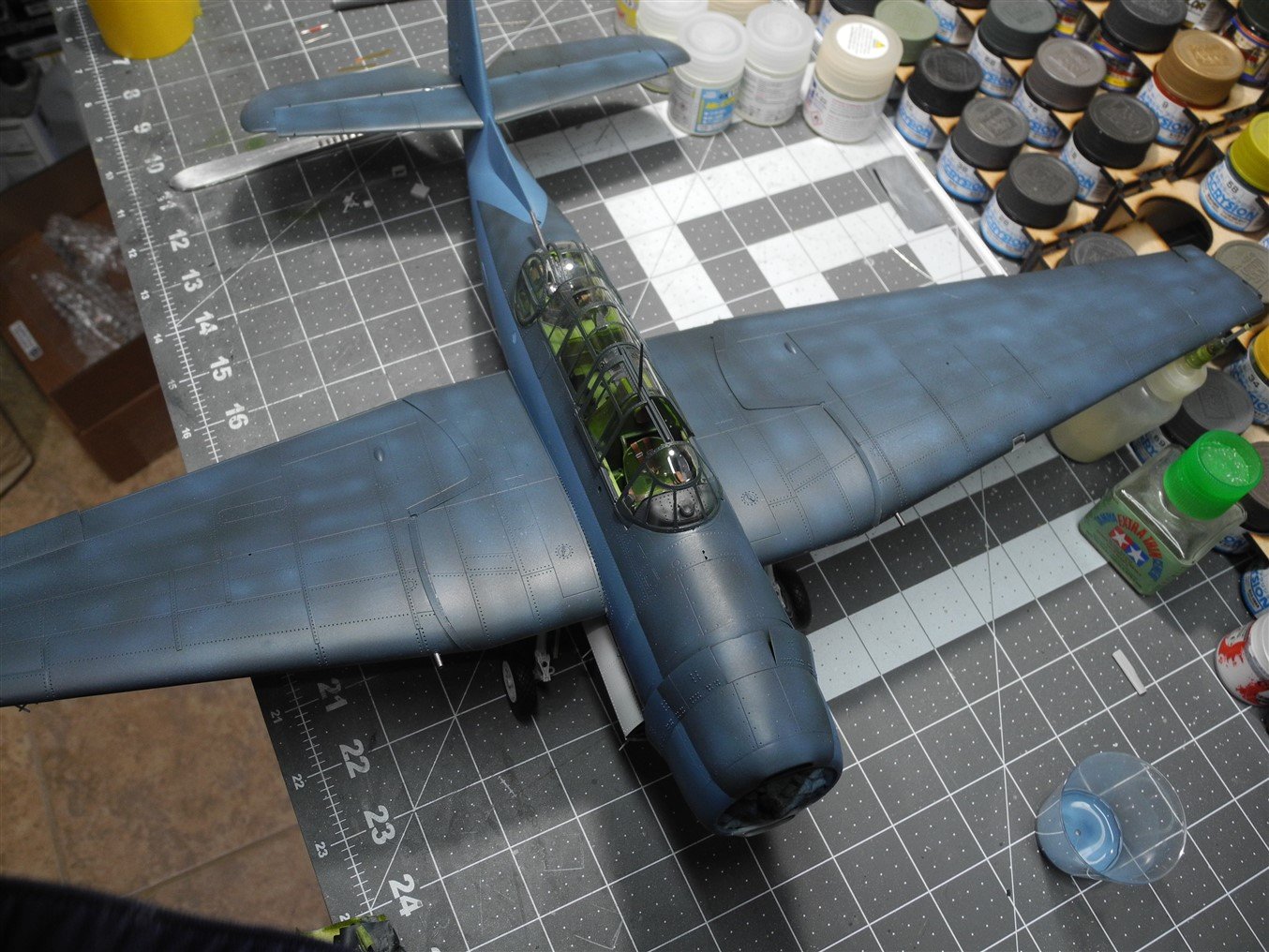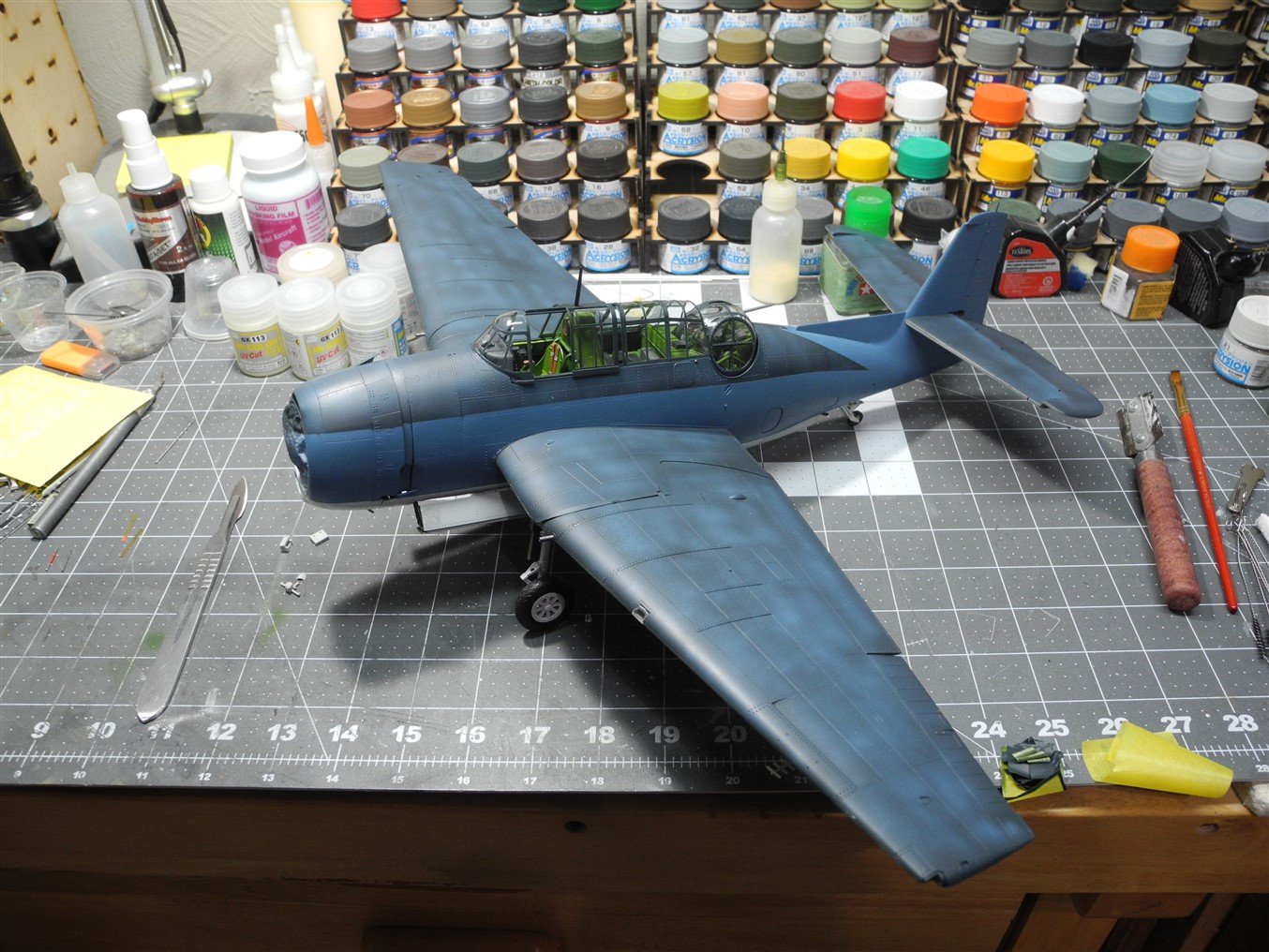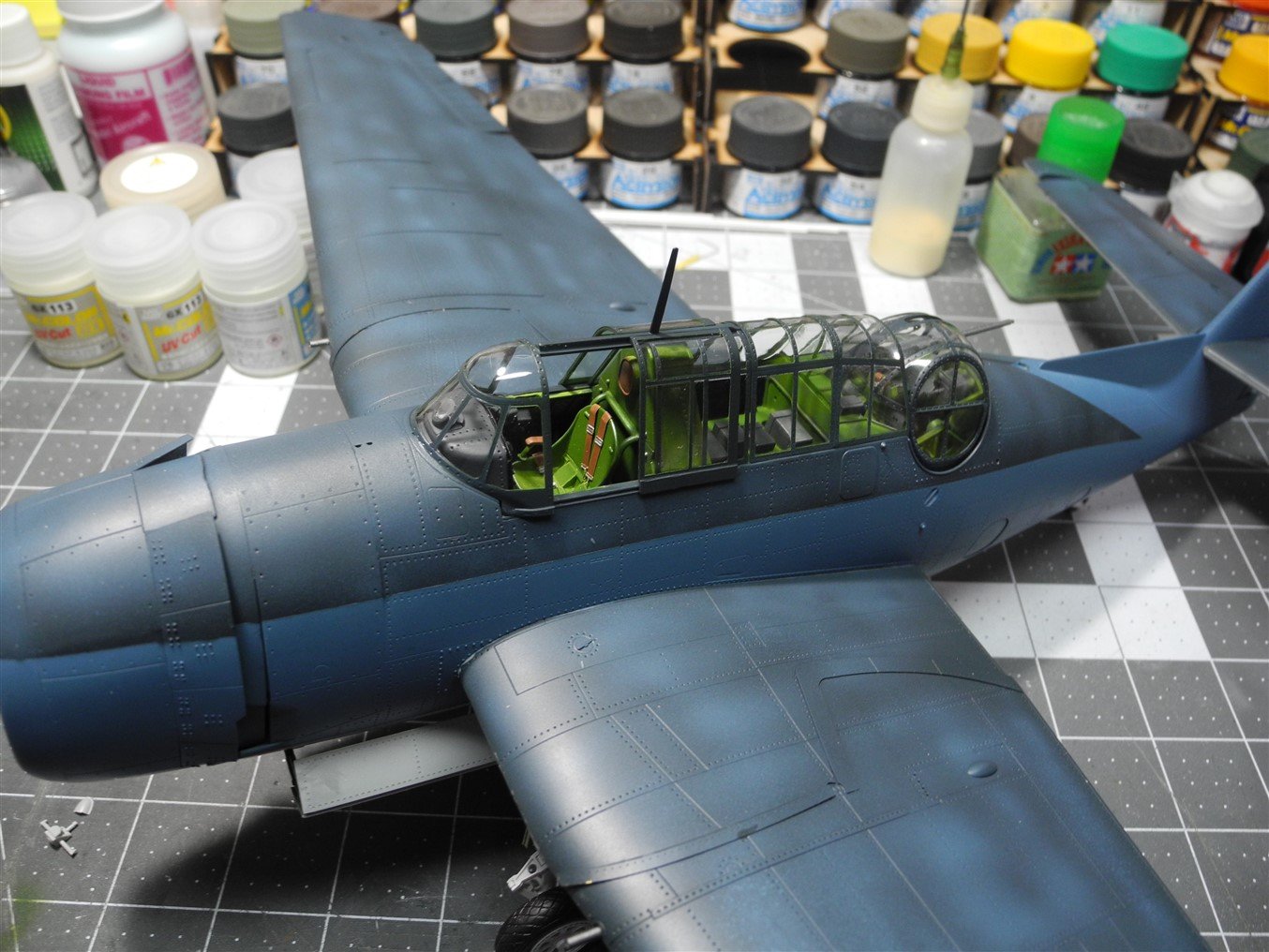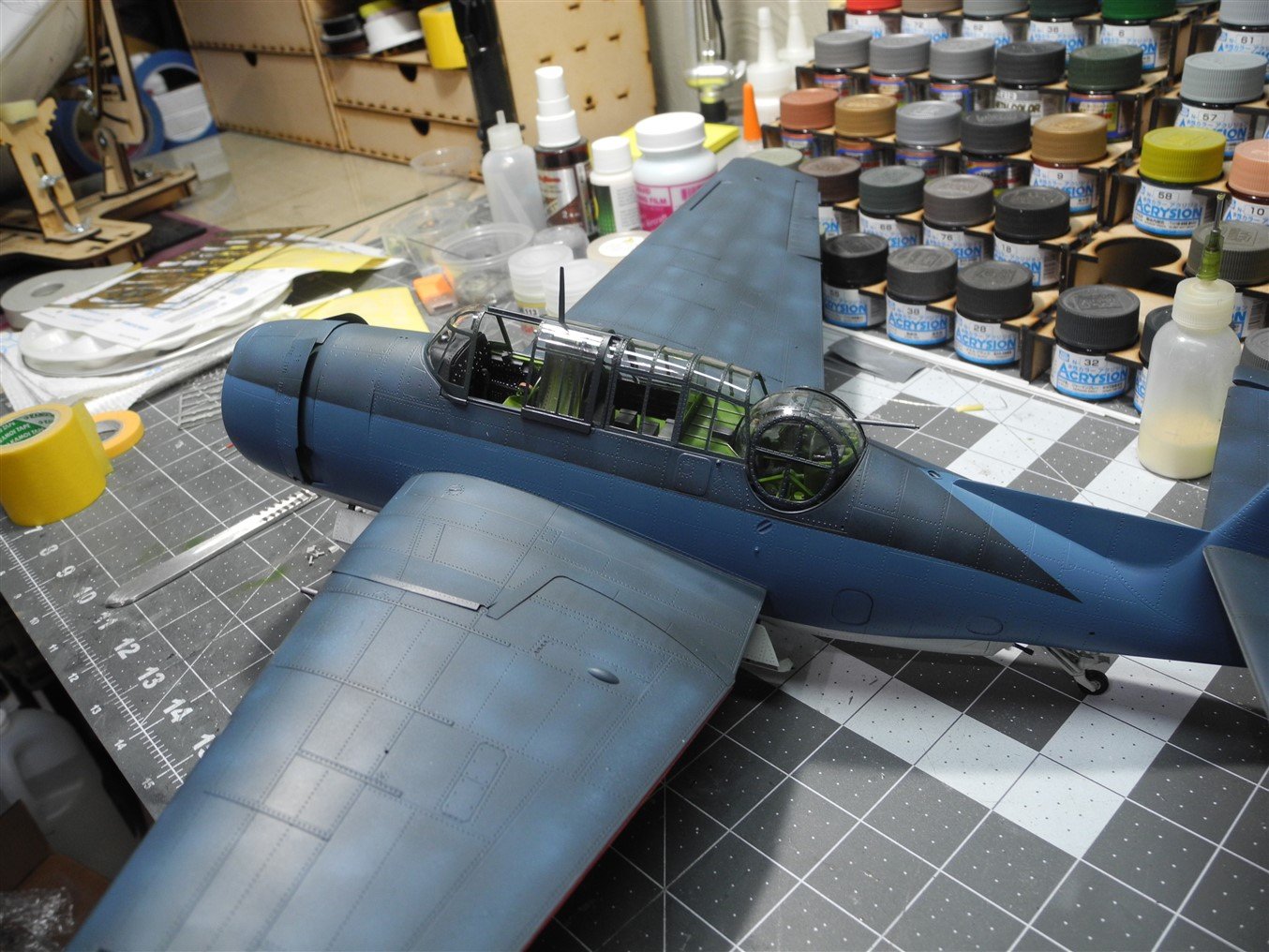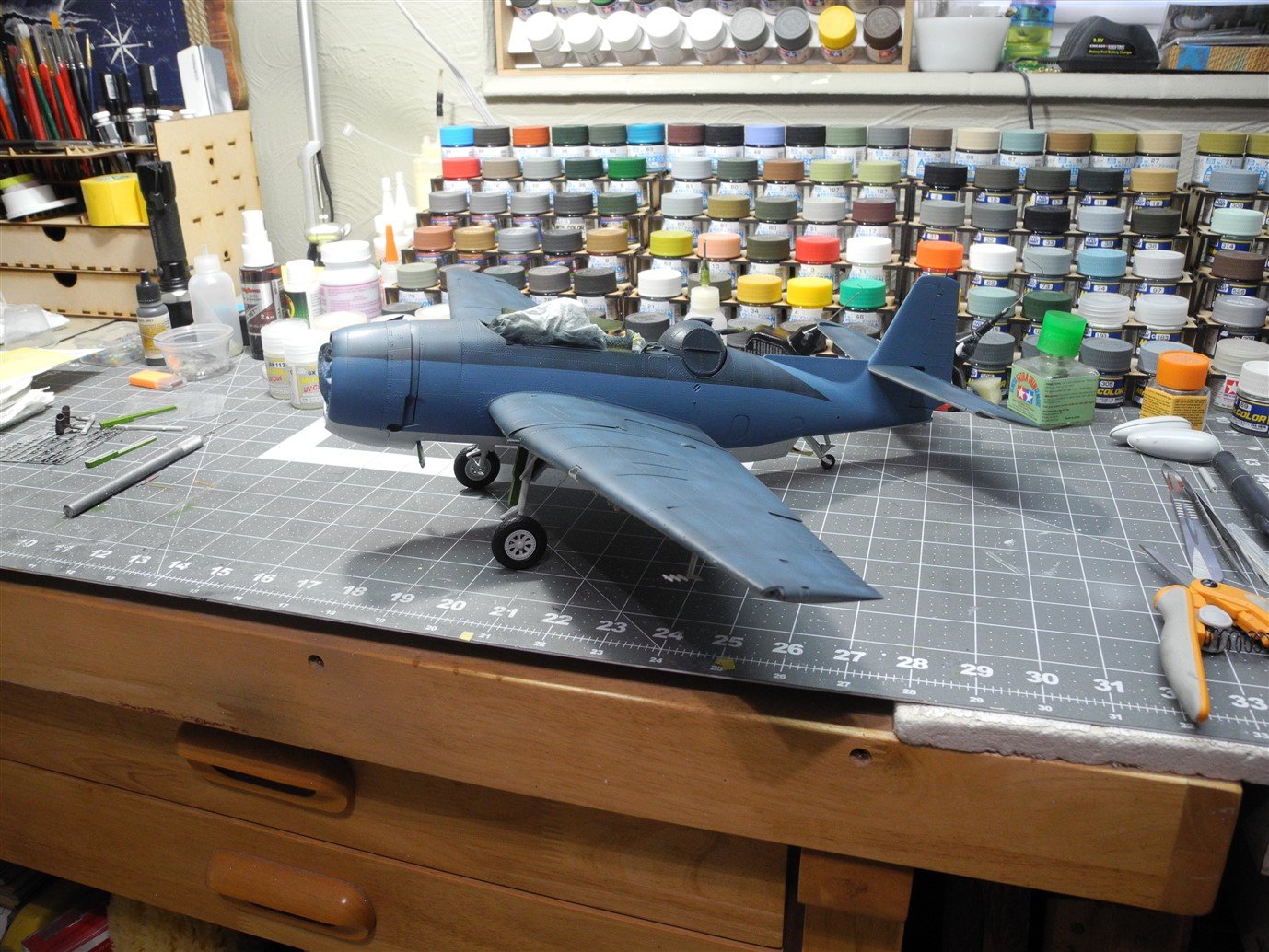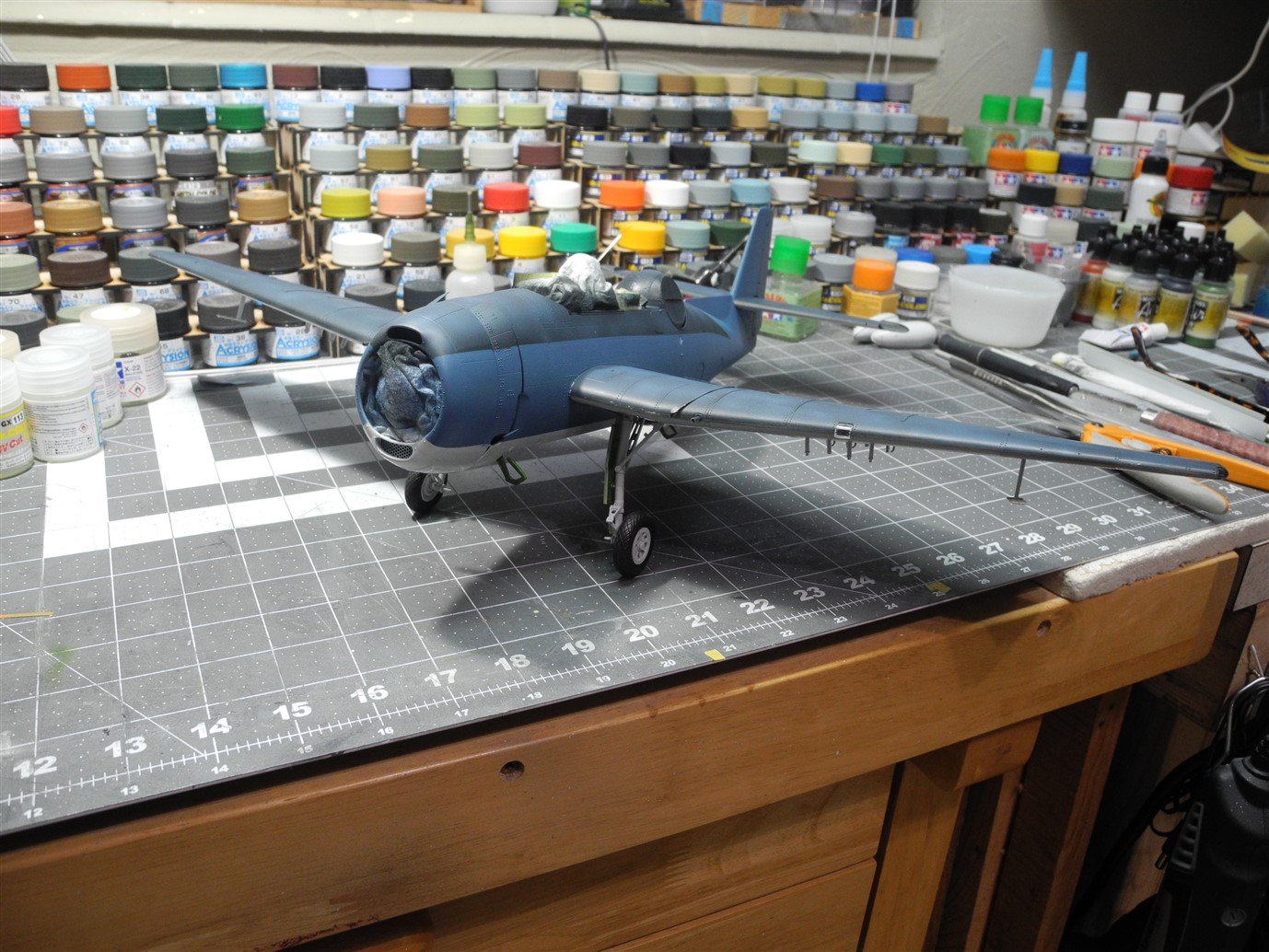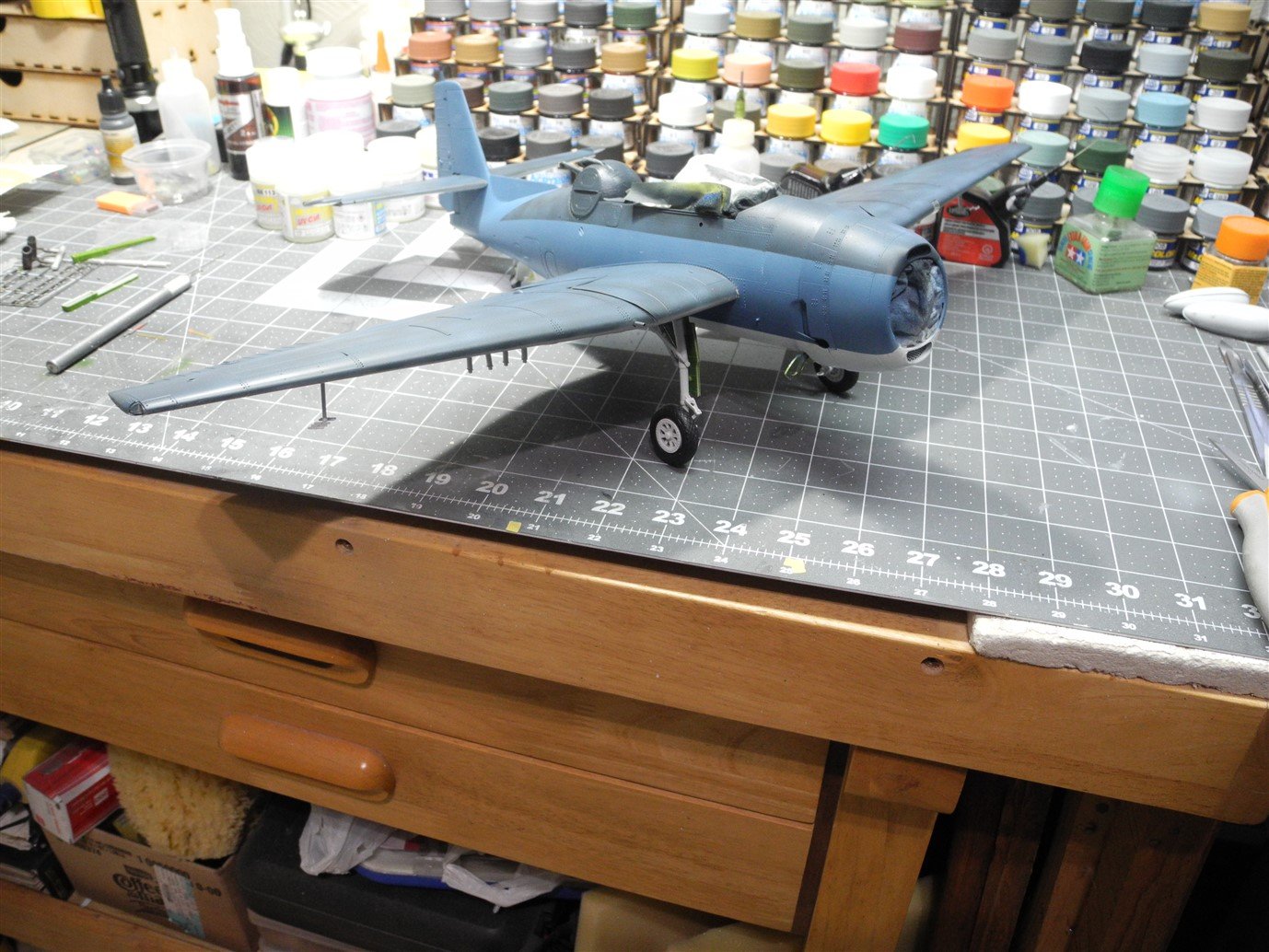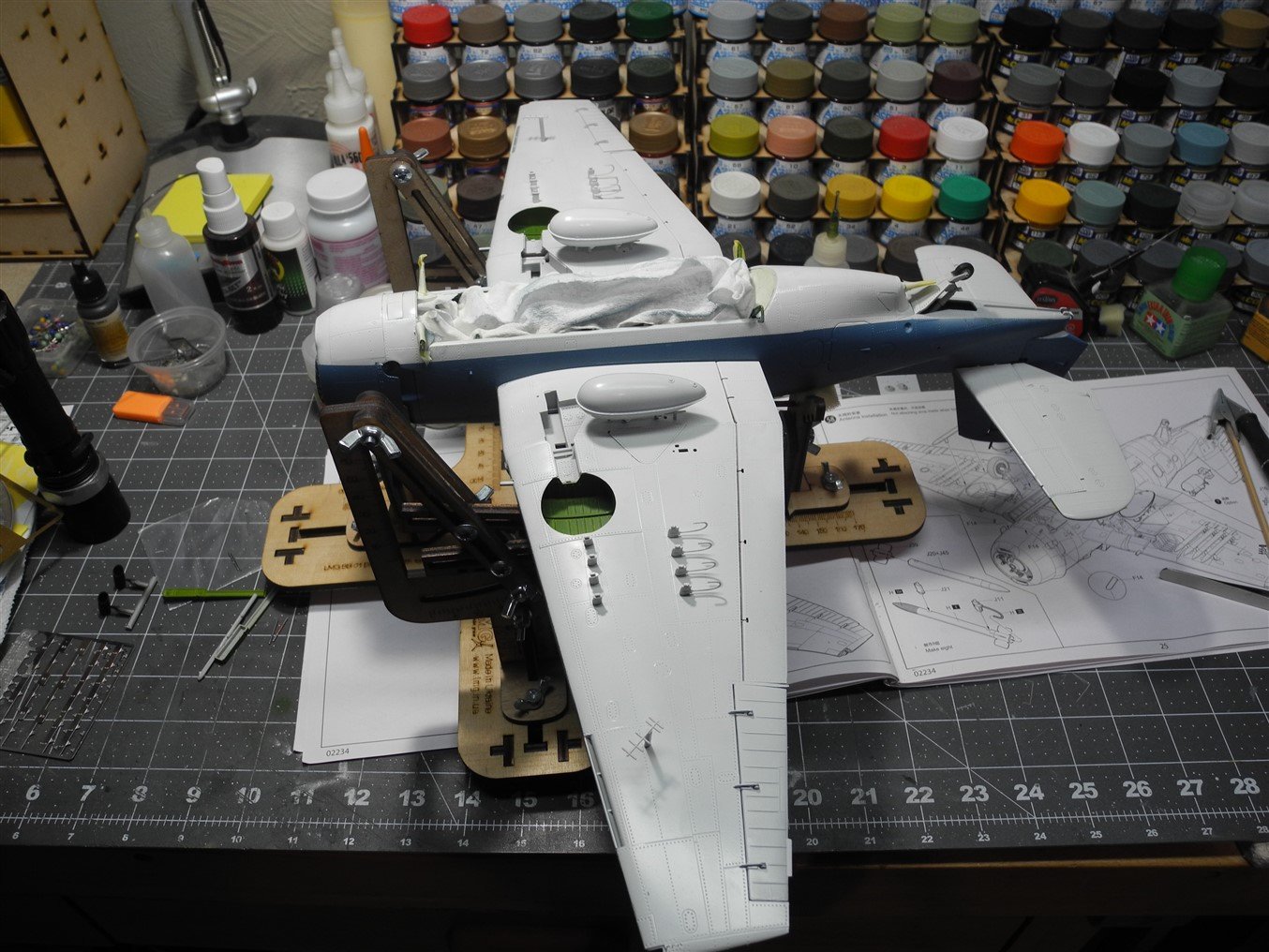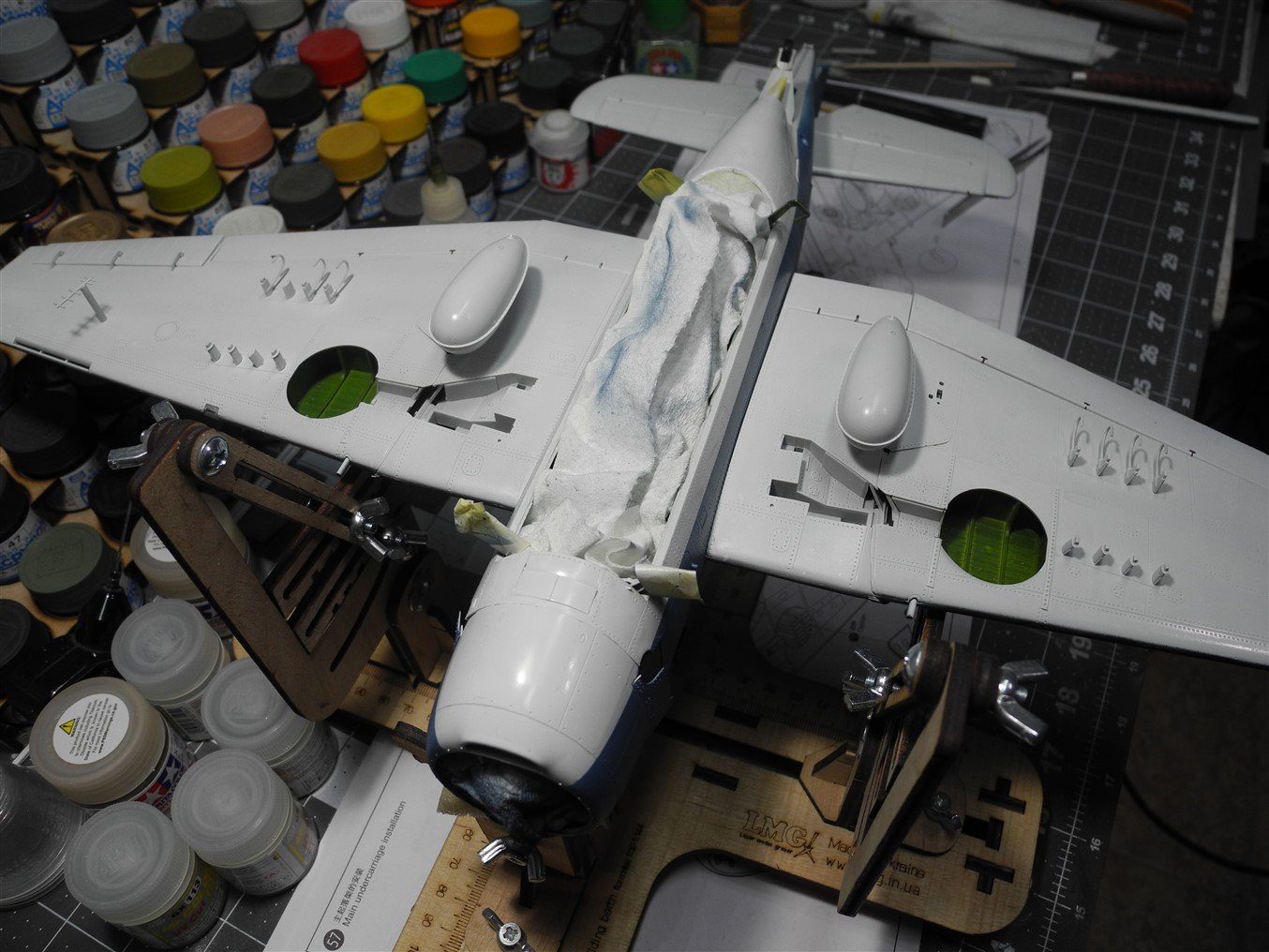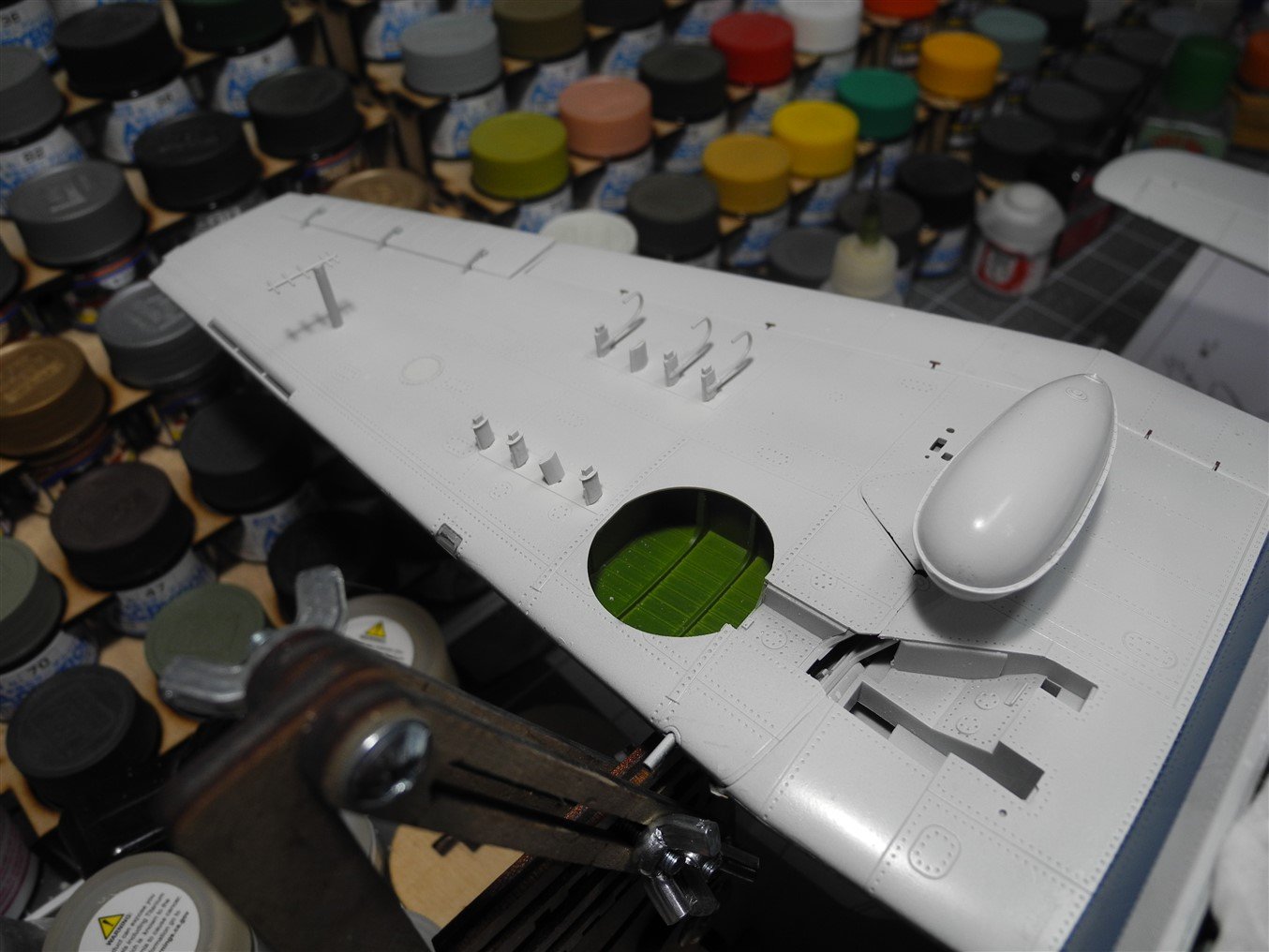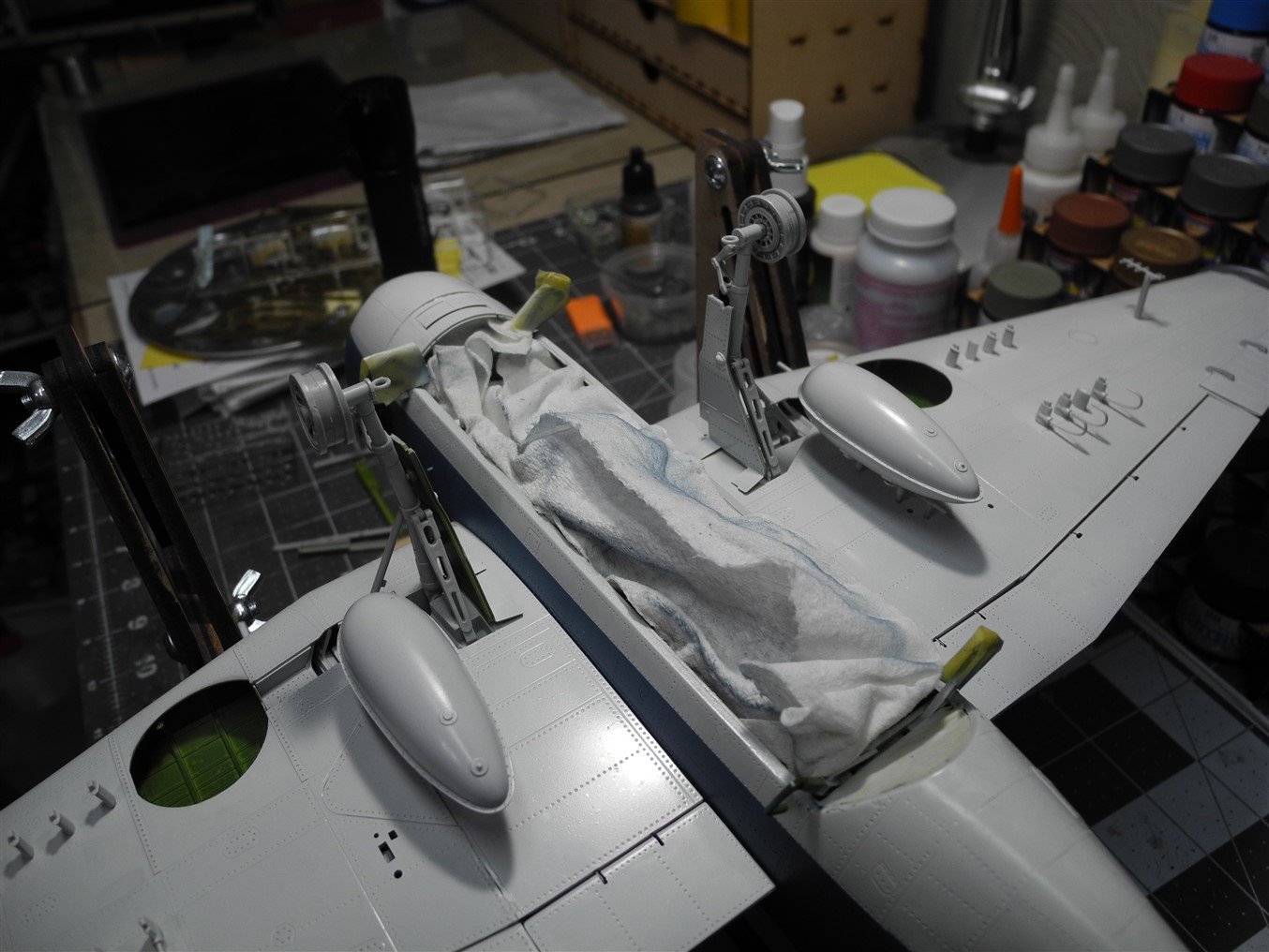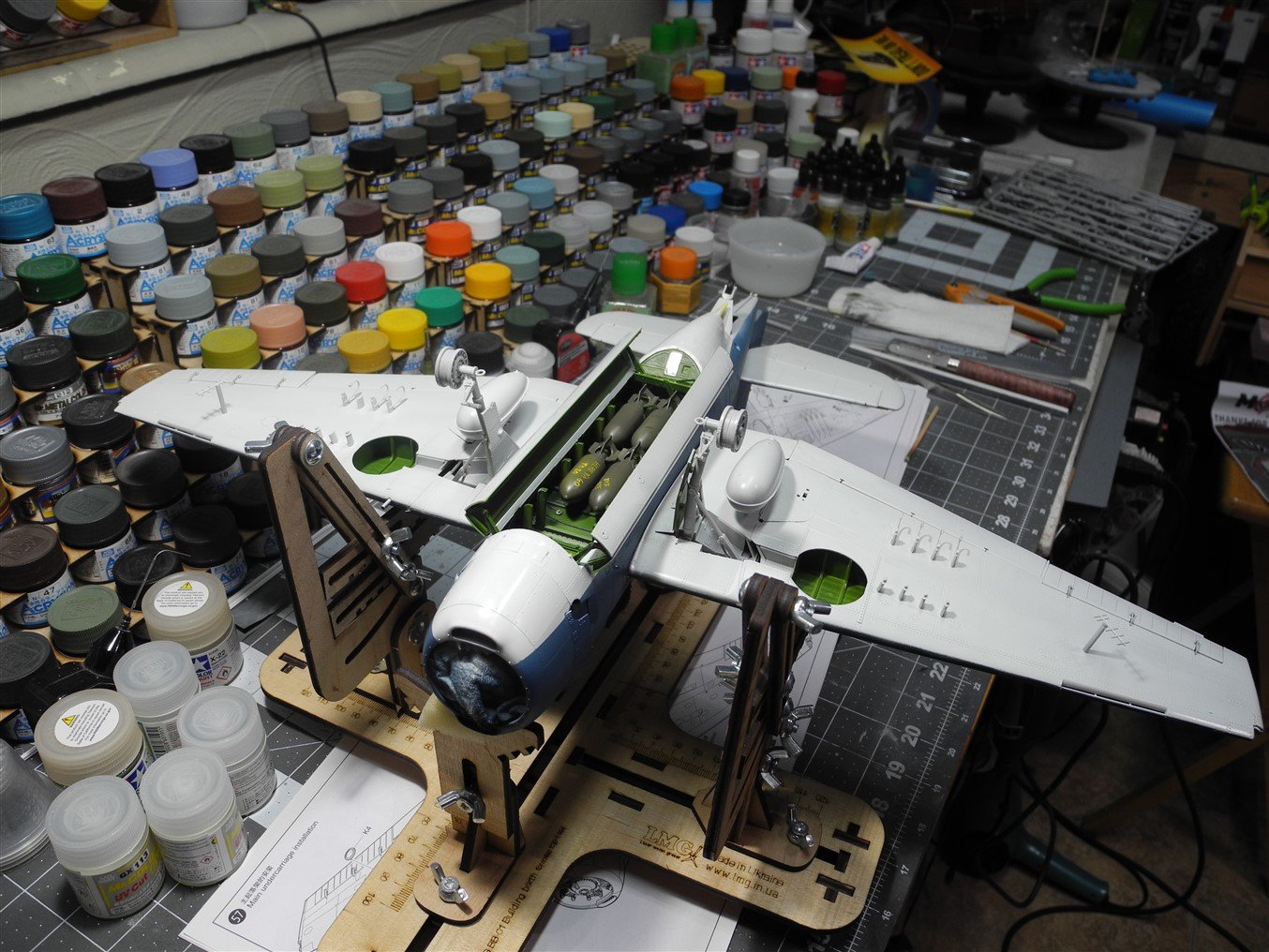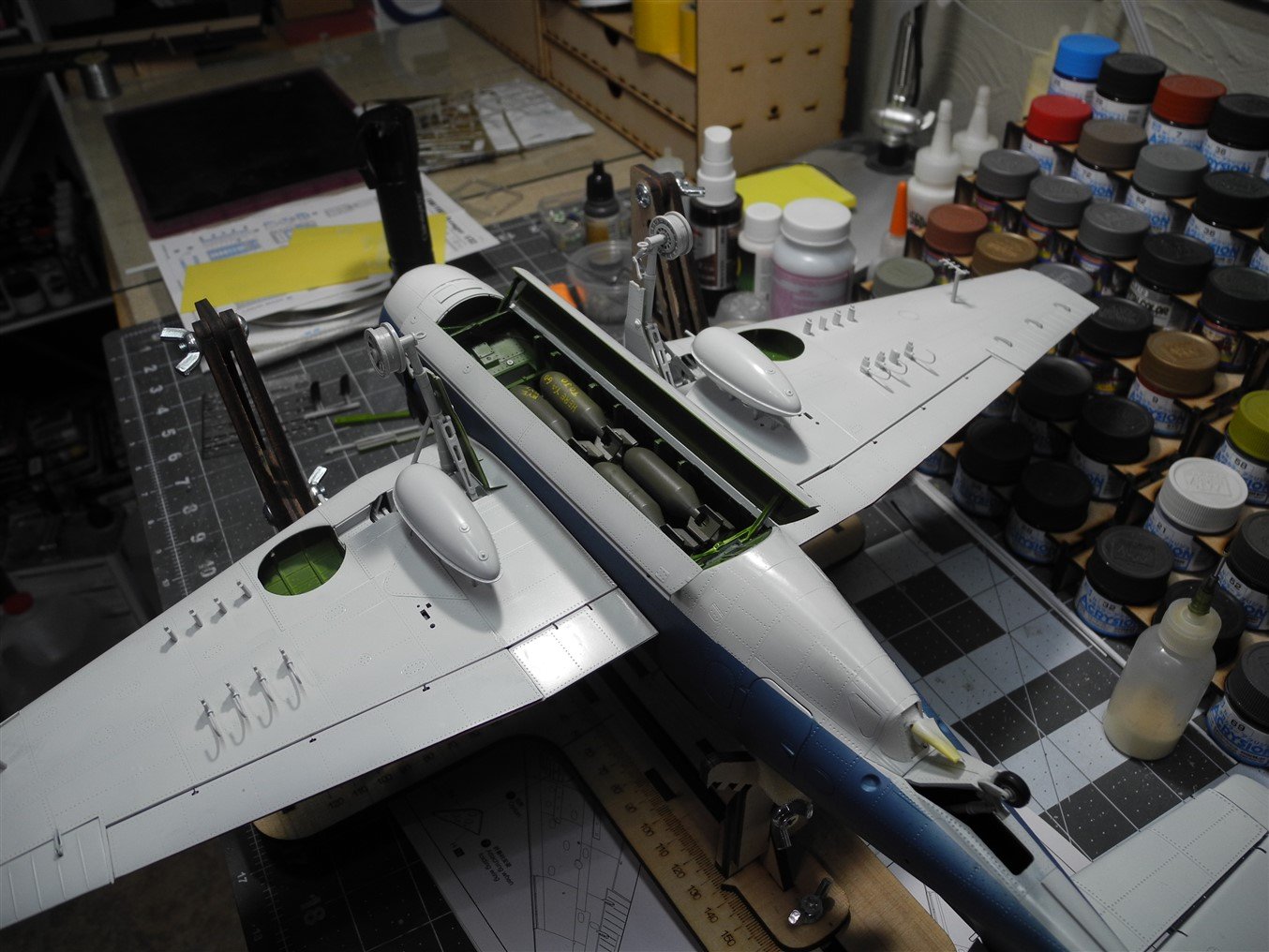-
Posts
7,743 -
Joined
-
Last visited
Content Type
Profiles
Forums
Gallery
Events
Everything posted by CDW
-
It all looks fantastic so far, Clare. Thanks for sharing it with us.
- 175 replies
-
- hanse kogge
- shipyard
-
(and 1 more)
Tagged with:
-
Hmmm...800 might be too coarse. You could maybe try it in the most inconspicuous areas first just to see if will help. If you do, make sure to do it very lightly, wet. Water provides some lubrication and helps avoid scratching. But I'm not sure what you can do to eliminate those scratches short of remasking and repainting. Brushing will show up for sure, but maybe not to an intolerable degree.
-
Can you post some photos of what you've got...maybe there are some things you can do to salvage your work. I never realized you were in a single room apartment, so I now appreciate your predicament. As for painting, acrylics seem to maybe be your only viable alternative indoors. Do you have a fine grade sanding sponge? Tamiya sells a pack of sanding sponges that go from medium to fine. A very fine sanding sponge can knock down that ridge without wrecking your paint.
-
I started prepping and masking the main canopy pieces tonight. It will probably take me the better part of my modeling time tomorrow to finish the masking and painting of it. I have some chores to do tomorrow that cuts my modeling time short. My baby girl (she's 22) leaves in another week for New Hampshire to finish up her schooling. It sure is going to be an adjustment for me when she's gone. I'm dreading it, but I won't tell her that. Guess I'll spend more modeling time to chase the blues away.
-
Thanks for the comments, and glad you visited this thread. It's strange how certain model kits can quickly transport us back to specific places and times. I share those memories of the great Monogram 1:48 scale kits and vividly remember the old shopping places where I bought them. Particularly memorable is the smell of the plastic when I first opened those kits and how excited I was to get started on them. They were one of the very best things a dollar could buy back then (to me).
-
Those are the Mr Color "Acrysion" acrylic paints. My local supplier carried the Acrysion line before they acquired the Mr Color lacquer paints which is why I have both sets. Acrysion paints are similar to Tamiya acrylics, in fact, I use the Mr Color 400 thinners to reduce both brands of paint. In my opinion, the Mr Color 400 leveling thinner is the best that's out there on the market. It should be noted these thinners are not compatible with some acrylics such as Vallejo for example. It will instantly curdle that paint, so test to be sure. I do know for sure they work with great superiority for Mr Color and Tamiya paints.
-
Is it just a matter of the shape of the cone or are the spinners too short? If it's just the shape of the cone, you should be able to reshape them somewhat more like the originals. you'll just have to take care not to file away too much material. If they are too short, it is a different problem/solution, and they will need to be built out with putty or something similar perhaps.
-
Just goes to show how quickly civil society could dissolve if there was a real emergency. People are acting so stupid and cowardly.
-
Suffered a bit of a setback today as while I was handling the Avenger model, butter-fingered it, then watched it fall from chest-high to land smack down on the ceramic tile floor. It broke away both horizontal stabilizers as well as the rudder separated from the vertical stabilizer. In addition, I lost two rocket mounts and had to scratch build two replacements. It could have been worse...lots worse, so I am thankful the damage was minimal considering how far it fell and the hard floor it landed on. In the photos, I am dry fitting the underwing components and the bomb bay doors. Note the aircraft has two radar array antennae on each side of the wings. Didn't realize the Avenger was radar equipped until I built this model. There are still numerous detail items to add as well as decals and paint details. I might leave the rockets off, but have not decided yet.
-

B-25 Mitchell "Meet Miss Runyon" by Javlin-HK-1/32
CDW replied to Javlin's topic in Non-ship/categorised builds
The engine looks super, very realistic. I love those crew figures. Didn't realize ICM was doing 1:32 figures. That's a company that's come a long way over the past decade or so. A real commitment to quality. -
The good news is, you don't have to spend anywhere near $200 for a good airbrush for applying primers or clear coats. This cheap single action Badger will work just fine for that, less than $30. As long as you have a double action airbrush for your finer work, you're all set. https://www.amazon.com/Badger-Air-Brush-Co-350-9-Airbrush/dp/B002MMQEZY/ref=asc_df_B002MMQEZY/?tag=hyprod-20&linkCode=df0&hvadid=167148482147&hvpos=&hvnetw=g&hvrand=10474912012377208463&hvpone=&hvptwo=&hvqmt=&hvdev=c&hvdvcmdl=&hvlocint=&hvlocphy=9012099&hvtargid=aud-801381245258:pla-310337030598&psc=1
-
I once bought this exact same airbrush from Amazon thinking I could use the large needle/nozzle to paint large areas. It was a huge disappointment in quality. The trigger was terrible, very stiff, not smooth. It actually caused my finger tip to ache trying to use it. On the positive side, Amazon refunded my money as soon as I shipped the airbrush back to them. As the old saying goes, you get what you pay for.
About us
Modelshipworld - Advancing Ship Modeling through Research
SSL Secured
Your security is important for us so this Website is SSL-Secured
NRG Mailing Address
Nautical Research Guild
237 South Lincoln Street
Westmont IL, 60559-1917
Model Ship World ® and the MSW logo are Registered Trademarks, and belong to the Nautical Research Guild (United States Patent and Trademark Office: No. 6,929,264 & No. 6,929,274, registered Dec. 20, 2022)
Helpful Links
About the NRG
If you enjoy building ship models that are historically accurate as well as beautiful, then The Nautical Research Guild (NRG) is just right for you.
The Guild is a non-profit educational organization whose mission is to “Advance Ship Modeling Through Research”. We provide support to our members in their efforts to raise the quality of their model ships.
The Nautical Research Guild has published our world-renowned quarterly magazine, The Nautical Research Journal, since 1955. The pages of the Journal are full of articles by accomplished ship modelers who show you how they create those exquisite details on their models, and by maritime historians who show you the correct details to build. The Journal is available in both print and digital editions. Go to the NRG web site (www.thenrg.org) to download a complimentary digital copy of the Journal. The NRG also publishes plan sets, books and compilations of back issues of the Journal and the former Ships in Scale and Model Ship Builder magazines.

.jpg.7e80607770d9078b2f0b470e8c9c33ac.jpg)

